From Alpha to Acquired: The product, growth, and business model journey
This is the thirteenth part of my startup series. Here, I dive into Megacool's product evolution, tackle our business model challenges, and share our strategies for gaining traction.
Here's an overview of the entire series:
Part 1: How the Megacool journey began
Part 3: Embracing Failure – How we tested 10 different startup ideas over 10 weeks
Part 4: Hackathon 1-3: From AI travel agent to photo management adventures
Part 5: Hackathon 4-7: The messy middle
Part 8: How we built our co-founder team
Part 9: From idea to live product
Part 10: Our bootstrapping hustle
Part 11: How we raised $1.6m in funding
Part 12: How we got acquired
👉Part 13: From Alpha to Acquired👈 YOU ARE HERE
Part 14: The emotional founder roller coaster
Part 15: The epilogue: Reflections on the whole journey
Setting the stage
The initial idea behind Megacool was seeded in the summer of 2015 during Hackathon 8 when we dug into app developers' need for a "waitlist as a service" for app developers to create FOMO and potentially go viral upon launching new apps. While the need was there, we couldn't see the path to a billion-dollar potential.
Simultaneously, we observed app developers spending heavily on user acquisition, facing increasing costs, and seeking more cost-effective growth methods.

Together with my co-founders, Nicolaj Broby Petersen and Tarjei Husøy, we hypothesized the solutions. Instead of jumping into one of the solutions, we used our experience from developing the successful Fun Run game series (which had over 65 million organic downloads and 15% of the US population as players) to analyze the top five games on the App Store. We aimed to understand their strengths and identify unexploited opportunities for better user experience and growth.
Our findings became blog posts, where the main post went viral within the mobile game developer community with the title: 26 Proven Growth Features That All App Developers Should Know About.
Whenever we mentioned an opportunity to improve something in the blog posts, we linked it to our landing page, where developers signed up for our 'closed beta' and learned why they wanted access—before we knew what product to build!
Throughout most of Megacool's journey, our limited resources meant that we co-founders had to context switch extensively through wearing all the hats. Tarjei led engineering, Nicolaj led product development and assisted with engineering and business development, and I led the rest, including fundraising, growth, and partner success.
My coding contributions were limited to the website, documentation, and QA. I learned to use git and GitHub. I downloaded Sublime 2 and iTerm and thought I was off to the races. Tarjei intervened, setting me up with all his command-line aliases; thus, I know his shortcuts better than the actual commands. Mostly, Tarjei set mine up so that he could untangle whatever I didn't get to run by flying his fingers over my keyboard without missing a beat. Watching Tarjei work on his—of course—mechanical keyboard would make any investment banker who thought they were proficient with Excel shortcuts wet their pants.
Product
Following the flood of sign-ups in the fall of 2015, we interviewed all the relevant game companies to learn what problems they faced and what solutions they were looking for. What became clear was that there was a huge need for a cost-effective growth solution to serve both indie game developers and larger companies.
Indies struggled to get the word out as they didn't have large enough pockets to spend on marketing.
Large companies struggled to maximize their marketing spend and scale it.
Our solution? Build a viral sharing machine any game developer could use to amplify their growth.
More specifically, we turned existing users into marketers by giving them the ability to easily share the magical moments they had in the game with friends. This would entice their friends to either join the game or re-engage with it.
We hypothesized that friends of existing players have higher engagement retention and monetize better. This was eventually proved through a case study following working with ZeptoLab in their popular game CATS.
Despite the startup lore of doing one thing really well, our viral sharing solution needed to do two:
Create shareable content: Recording gameplay and making it shareable across any destination (such as WhatsApp, Twitter, Facebook)
Deep linking: Build links that "just worked", meaning they would take the user where it expected
The links allowed the developer to reward referrals, automatically match a referred friend, and provide insight into share conversion.

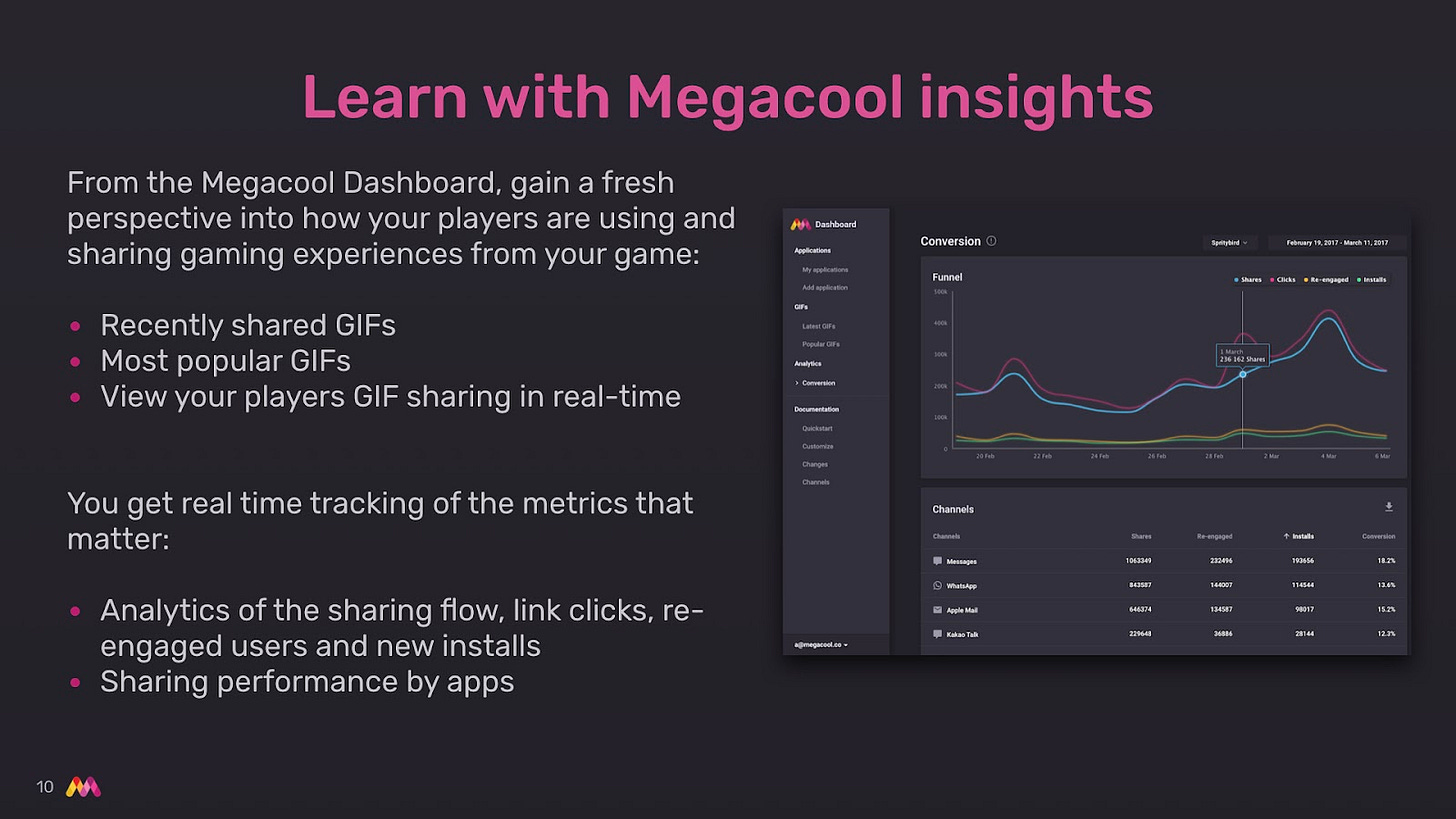
The first version of the product, alpha, saw the day of light in December 2015 and went live with the first game only a few days later. We eventually publicly launched in August of 2017, commemorated by an interview in VentureBeat.
Although the Megacool SDK looked like a simple product to the naked eye, it was far from it. Behind the scene, it was getting weekly overhauls to reach our vision and performance expectations, the main ones being:
supporting both iOS, Android, and the Unity game engine,
recording the right part of the gameplay,
record frames and create timelapse
enhancing the deep linking experience
encoding content as both GIF and mp4
customize the content with graphics
customizing the shared content for the desired destination (such as Facebook, Whatsapp, Twitter), and
More importantly, doing all of this without negatively impacting the user experience or performance.
Stability, simplicity, and smiles
We decided to build for 'ourselves'. We approached it from the perspective of: What would be important for us when we built mobile games? We wanted to treat developers the same way we wished to be treated ourselves.
The overarching theme of everything we strategically did was to build trust with our customers, whom we opted to refer to as 'partners' instead as it felt less transactional.
Thinking back to our time as game developers, we identified three core values to build trust and a good product experience: stability, simplicity, and smiles.
Stability
We needed to be deeply integrated within the game to record the gameplay on iOS and were thus stuck with building an SDK (software development kit).
Asking developers to integrate an SDK is tough because they strongly dislike SDKs. The main issue is the lack of transparency about what happens 'under the hood' of the SDK, leading to worries about it causing problems in their app. It's like a black box - especially problematic if it causes app crashes that can't be fixed without the SDK developer's intervention.
As prior game developers ourselves, we had booted SDKs from our games due to a lack of stability and had zero tolerance for error. One strike, and you're out.
To achieve stability, we did our very best to QA everything before releasing an update, thinking of edge cases, but most importantly, building everything with performance and stability front and center. We would build very deliberately.
Our stability work paid off and got praised by developers left and right:
"the guys [developers] like it a lot! And they are very picky, so that's saying something." — Message from one game company during integration.
"Hey, my devs really admire your product. Devs usually dislike SDKs, but they respect yours. We share a vision of creating an alternative to the ad market. Could we speed up reaching our shared vision by joining forces? Are you interested in joining us to develop Megacool together?" — Paraphrasing from a chat with the CEO of a major game studio who wanted to acquire us early on.
Without stability, there would be no trust.
Simplicity
Our goal was for any developer to learn about Megacool, get curious, start tinkering with the SDK and have a proof of concept integration within 1-2 hours. Our documentation and integration needed to be as clear and simple as possible to achieve this.
Nicolaj was our simplicity champion. In addition to coming up with simple names such as Fun Run and Megacool, he had insisted on a maximum of two taps to get into a game of Fun Run back in the day. A race should also be no longer than a quick toilet break.
At Megacool, Nicolaj drew inspiration from other simplicity and developer-friendly champions such as Chartboost and Stripe. Thus, our documentation allowed you to copy-paste code snippets that included your config and other parameters to make it work 'out of the box'.
Our documentation also included a FAQ built from our 'Objection handling' questions created from conversations with potential partners. This made it as easy as possible for the reader to get answers to any concerns they had about the integration.
Share destinations—what you choose to share to, such as WhatsApp, Facebook, and Twitter—had very inconsistent behavior that we didn't anticipate. After lots of testing and a huge spreadsheet, we thought that it would be useful for the developers to know what to expect. Thus, we built out the only overview of share destination behavior we could find to better manage expectations from the developer.
Smiles
If our mega cool product and company name weren't enough to put smiles on the faces of our partners and interactions, I don't know what would.
Our company name stood out, making us more memorable than other generic company names playing on the word "app". During demos, people would often exclaim, "Wow, that's actually megacool!" Other times, they would say, "That's cool," and I'd playfully respond, "Do you mean mega cool?"
We also strived to make every interaction joyful and memorable by including easter eggs and quirks as part of the integration experience. For example, try visiting this page to see how we put a smile on your face when discovering a broken web link.
We aimed to make chatting about us super easy, boosting word-of-mouth buzz. This was a big slice of our growth game plan, hinging on the idea that our product would make folks smile.
Growth strategy
Jumping into B2B without any cash for marketing, we got creative and scrappy. We basically did things the way we'd want them done for us, thinking back to our game developer days. What we were doing fits what you'd now call Founder Led Growth and Product Led Growth.
Our desired outcome for all our growth initiatives and interactions was to add value outside of our scope and make everyone our ambassadors.
To achieve that, I made sure all our content, presentations, and meetings left the audience better than when they arrived, inspired by the boy/girl scout rule1.
Ideal Partner Profile (IPP)
We had two IPPs:
The move fast and learn: Small companies, where the CEO would do the integration and make the decision themselves.
The deep pockets and right timing: They were comfortable with paying for a service, the decision was with the Product Manager, and they wanted to integrate into a live performing game to accelerate growth. The engineers had already tinkered and approved us from a technical assessment.
When we worked on our IPP, we even thought about website colors to catch the right eye. We figured decision-makers like CEOs and marketers would check out our main site, megacool.co. But, it's often engineers who really call the shots as they do the real work. So, for the pages they'd use most, we went with a cool dark background – kind of getting ahead of the whole dark/light mode trend.

Direct outreach
We secured most of our major partners through direct, carefully crafted outreach efforts.
We usually reached out to potential partners through connections we had with other game developers or investors – those were the warmest leads.
Another effective approach was spotting companies who shared video or GIF clips from their games on social media, like using #screenshotsartuday on Twitter. This showed they might be interested in what we had to offer, so I'd use a plugin2 to grab their email and reach out.
For cold contacts, I put together something a bit more personalized. I'd record a bit of their game, whip up a text message template, customize it to their game, and use a script to merge them. I relied on QuickTime and GifBrewery for these demos. It was a cool way to show them exactly how their game could be shared more effectively with Megacool. Truly showing our investment in getting their attention and that it was not an automated cold email sent to "Dear {FIRSTNAME}".
Our largest one came on board after I noticed some glitches in their new game, which was using Apple's ReplayKit for recording and sharing. I dropped them a message about the bugs and mentioned how our tech could do a way better job. Fast forward six months, and we were all hooked up with them.
In the fall of 2018, our main competitor, Everyplay closed down. They had been acquired by Unity in 2014 but left without focus and resources once they were inside the mothership. Although a competitor, their solution was different from ours, providing a long-form recording experience. Something we knew people didn't have the attention span for. To help educate potential partners about our differences, we wrote a comparison guide and a guide on how to move to Megacool.
All the content shared via Everyplay was visible on their site and lived on forever. Can you imagine the server costs associated with that decision? You could look up specific games and see how much had been shared from that game. I replied to one of the many cold LinkedIn requests I received and hired a virtual EA to help review and categorize all the games on the platform.
Armed with that vital info, I was able to prioritize the outreach to the game studios with the most engaged audience, the ones that would be most in need of a new solution. This was a great way to onboard a lot of new game companies.
Content marketing
Content marketing is all about creating memorable, useful content to grab the right crowd and get them interested in, signing up and ultimately becoming our partners. It worked great for us, really boosting our brand's reputation and trust. Pam Moore says you need to hit folks with your brand 5 to 7 times before they really remember you3.
After successfully getting our initial attention from game dissections, our content marketing efforts continued with those and later evolved to educating our audience with our unique insights through best practice guides, case studies, and our next very successful post: The State of the Share 2019.
This post was the first of its kind. The report dove into all the stats and surprises from our insight into the destinations people shared to. Most shocking to game developers was that people don't share to social media. Instead, they share the majority of the content in private chats via iMessage and Whatsapp! This report also helped build momentum for our acquisition talks happening around the time of publishing.
However, creating the content was time-consuming. And our desire to always publish useful and new content made it hard to scale. Initially, Nicolaj and I collaborated on this. Post-fundraising, we brought on Ben Meakin, with community and social media experience from the successful mobile game company MiniClip, to scale our efforts while keeping our unique voice.
Conferences
For us in the gaming world, conferences were where the magic happened. I hustled to get speaker gigs at all the big ones – free tickets and access to those exclusive speaker dinners were the perks.
My talks? Always packed with practical stuff and a few laughs (though, let's be real, not every joke landed), making them memorable for better or worse.
Walking the tightrope between funny and facepalm-worthy, I'd kick off presentations with the classic GIF vs JIF debate. Spoiler: GIF (with a hard G) always took the crown. So, I stuck with Team Hard G in my chats or tossed the question as a fun icebreaker to kick off meetings.
This strategy worked from the first attempt, making my Casual Connect 2016 presentation video about 12 growth hacks for mobile games one of the most popular from the show. I would later speak at all Pocket Gamer Connects conferences across the US, UK, and Finland until COVID hit.
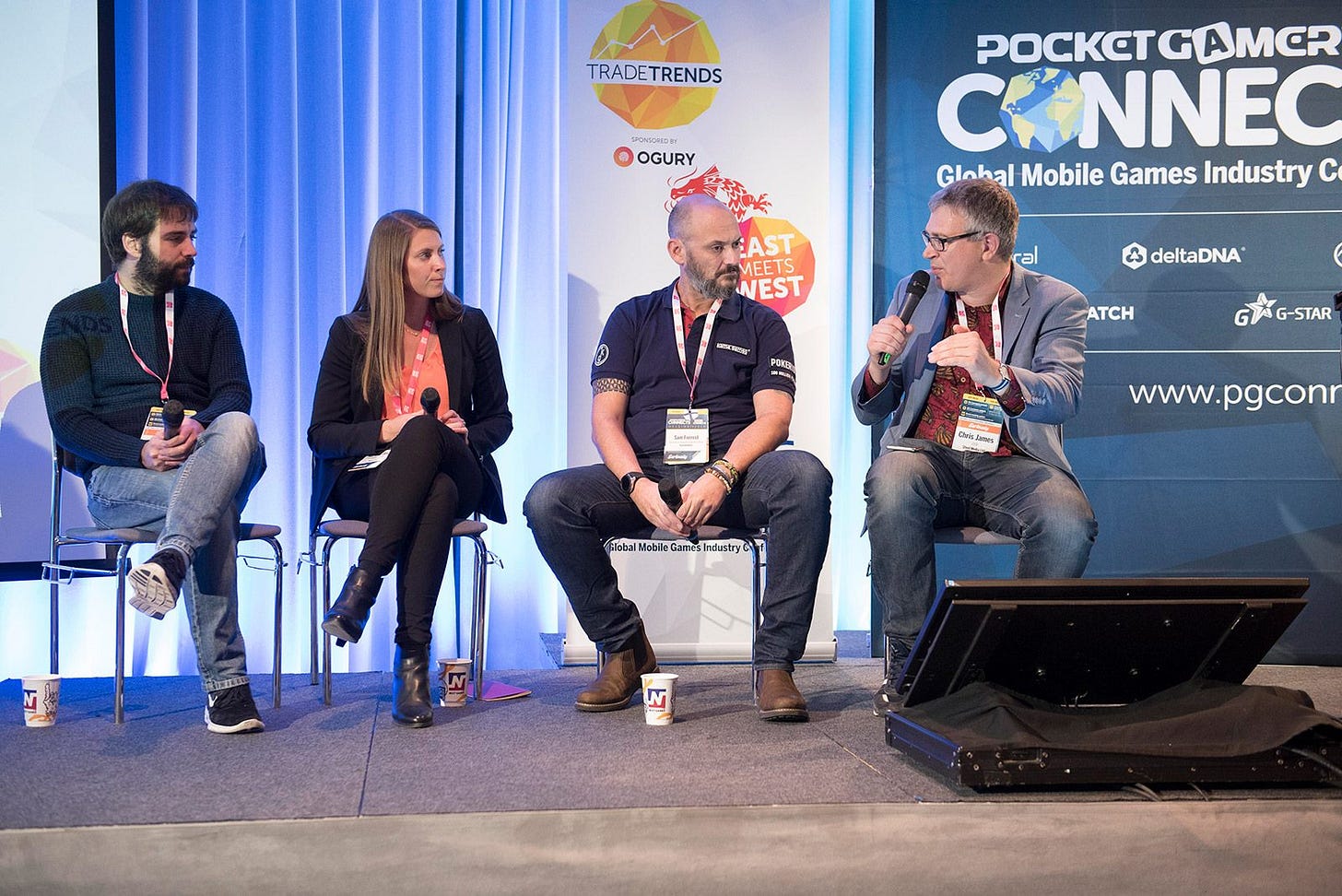
Attending conferences included back-to-back meetings following a diligent booking outreach the week preceding the conference. I remember pulling all the attendees off the site to add them to a spreadsheet for categorization and tracking.
In March 2017, I spoke at the Game Developer Conference (GDC), a major event in our industry. Preparing for over six months was prestigious and a dream come true. However, comparing the effort to smaller events like PGC, I realized speaking at GDC wasn't as effective for us. Instead, networking in nearby hotel lobbies proved more valuable, as key people were often too busy for presentations. This led me to focus solely on meetings at GDC, foregoing costly tickets and time suck presentation preparation.

Social proof
Once we were acquired, we added our partners' logos to our site as a trust booster. Looking back, it would've been smart to do this earlier for credibility. You can get the OK for this by including a clause in your terms of service, so using your product implies they're cool with you showcasing the partnership. It's still best practice to ask for permission, but the best is to do both.
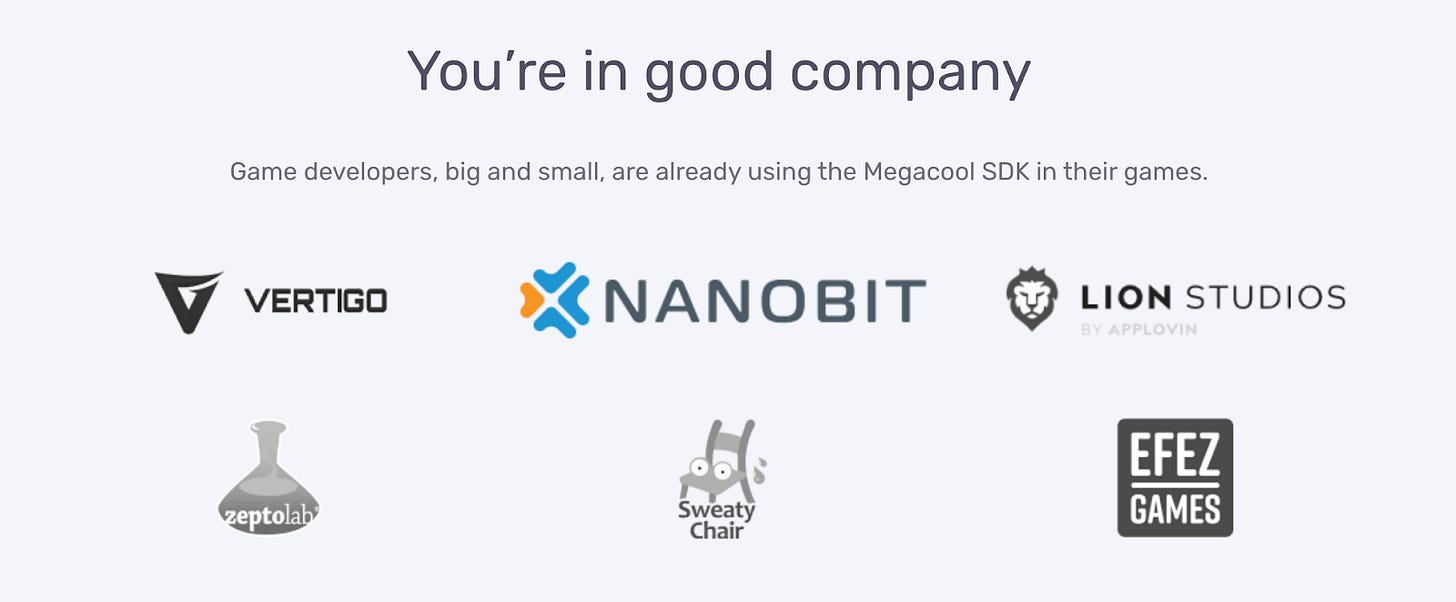
Another great way to create social proof is to give a discount for collaboration on case studies, assuming both parties are happy with the result. This should be a default to any enterprise contracts. The more you can specify upfront as part of the agreement for discount, the better. These things are always harder to negotiate later.

Meetings
Before meetings, I'd do my homework on the people, their games, and companies, even playing the games to spot bugs or suggest UX tweaks. In the chat, it was all about getting to know them, their headaches, and gauging if we could truly add value – I believe in building long-term relationships, not just pushing solutions.
Establishing trust was key, often achieved by sharing our game development background and offering game-specific feedback. To determine a good fit, I'd check if they met our IPP and timing and understand their decision-making process.
White glove onboarding
After our public launch, I checked daily sign-ups using Intercom, which triggered email campaigns for new users. For game companies with high potential, I'd halt the automated emails and aim for a direct meeting. If they fit our IPP and showed interest in integrating, I would analyze their game and create a tailored integration guide covering UI/UX specifics like buttons and text. To assist, I made quick mockups that our designer, Gracjan Złotucha, refined, helping potential partners visualize the integration while incorporating best practices.
We would offer calls with our engineers to help tackle any challenges. However, most partners opted to join our Slack channel to handle any support questions via their existing communication platform. This eased the back-and-forth communication.
We were live with over 75 games by the time we got acquired
Business model
But despite clear product fit, we lacked market fit. Specifically a scalable business model. This turned out to be our biggest Achilles' heel.
Our partners didn't know how to pay for what we were offering.
We really need to figure out how to answer questions about our business model. Everyone keeps asking about it. Why can't we just get some funding so we can figure it out? — Journal entry from 2016-03-08
I'm unsure of what business model we're going for during launch. I think it's essential that developers are able to test and play around with it before buying. — Journal entry from 2017-05-08
Don't feel like the conference meetings are going well. Everyone is wondering about the business model, and I'm unsure of what's best to answer when we're still figuring it out ourselves. — Journal entry from 2017-06-28
Our prior competitors had offered their recording service for free, sometimes to their detriment due to skyrocketing server costs. Although the macro funding climate was favoring revenue over growth, companies were still expecting to get things for free.
We tried everything. Eventually, we ended up with a revenue mix with a custom model for everyone we worked with.
For the bigger players, the 'buying center' was convoluted, and the decision needed buy-in across marketing, product, engineering, design, and sometimes the CEO, too. Getting everyone aligned significantly slowed down the sales cycle, making it between 6 months to 2 years for our larger deals!
Once we got acquired by Medal, we were finally able to change our business model to true freemium. This was a turning point and helped bring on self-served customers, removing the barrier to entry.
However, some challenges persisted, predominantly with the results from the integrations. You couldn't 'slap it on'. It needed to be integrated into the UI/UX and follow our best practices. I tried to be as hands-on with everyone, but it didn't scale.
We also couldn't make a failing game survive. It needed to retain its users on its own.
We had multiple highly anticipated games go live, only to flop. Therefore, we preferred to work with existing games that we could help reach further.
The four-year journey was a roller coaster, far from easy. In my next post, I'll dive into how we navigated the emotional ups and downs common to founders.
An extra special thanks to , , and Lee Smart for your feedback throughout working on this post 🙏
Boy/Girl Scout Rule: This principle encourages individuals to leave any place or situation better than they found it. Just like Boy/Girl Scouts are taught to leave a campsite cleaner than when they arrived, this rule advocates for making positive contributions in everyday situations. Whether it's tidying a shared space, offering help where it's needed, or improving a process at work, the essence of this rule is to contribute positively and constructively to the environments and communities we are part of.
I used https://contactout.com/. There's also a trick where you can guess someone's email, such as name@companydomain.com. If you hover over it afterward in Gmail or Superhuman, it will give you a card with someone's full name if it's in use.




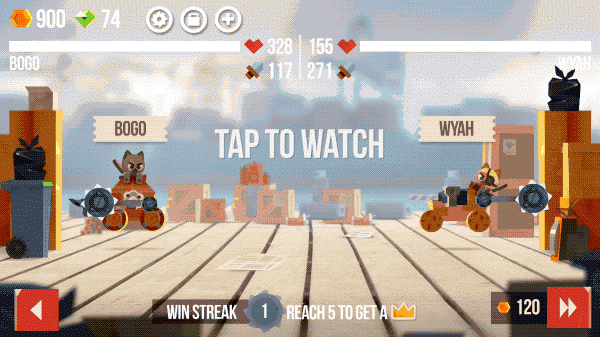
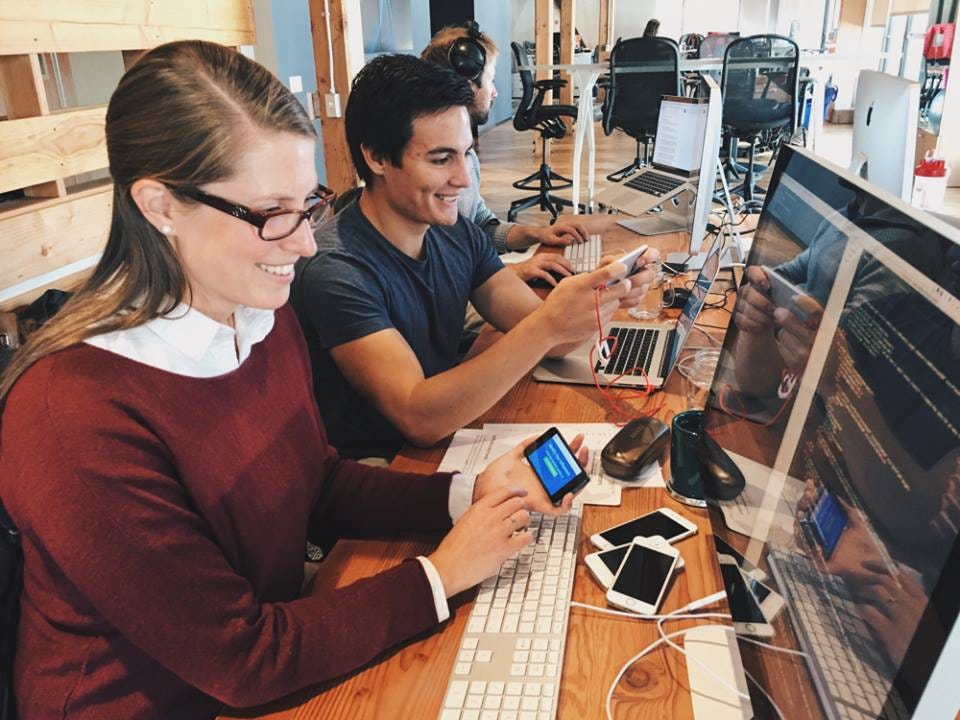





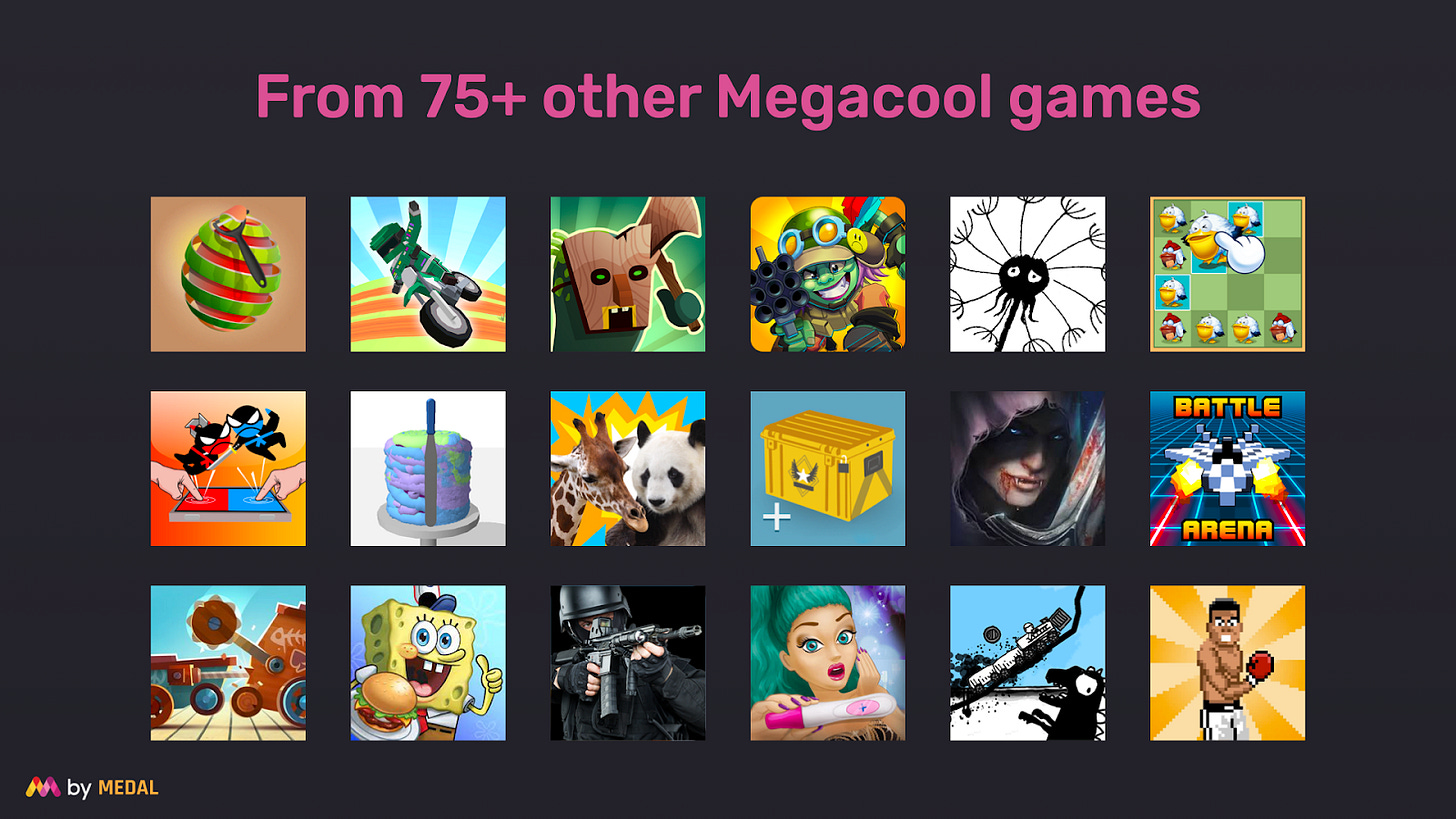
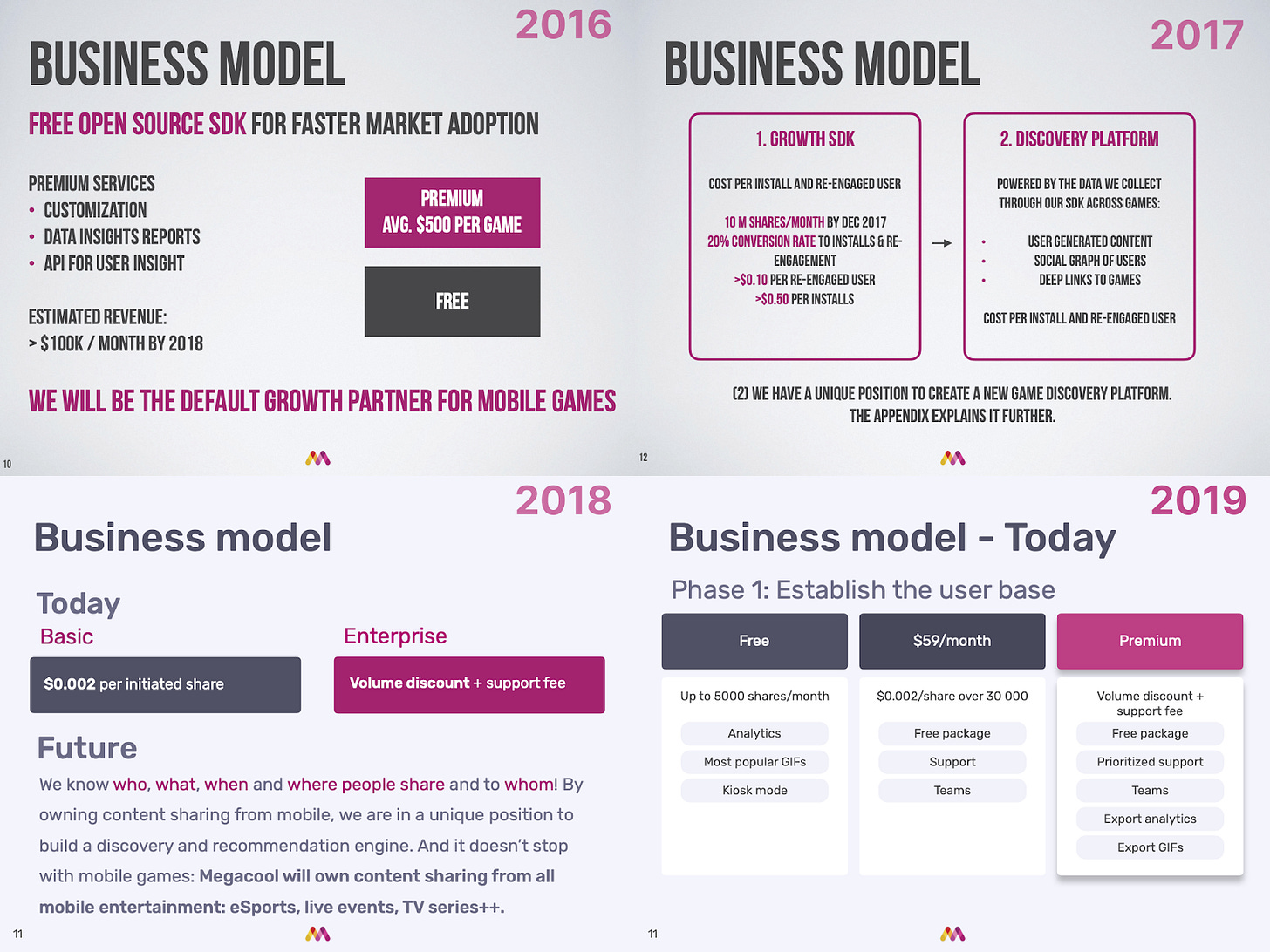

This is such a valuable resource for startup founders. They often underestimate how many moving parts there are and how big of a barrier getting alignment can be. You beautifully illustrate how even with hindsight it’s tricky. A 2 year sales cycle? Your fortitude and perseverance shone through. Including your journal entries takes us right there with you. I loved seeing your dedication to your customer’s experience and conscientious direct outreach approach. There’s so much in your story to be proud of.
...epic journey so far Aurora...you are almost up to a book!...amazing that by focusing on simplicity you ended up making something quite complex...also here for team geefe...the i is pronounced e...